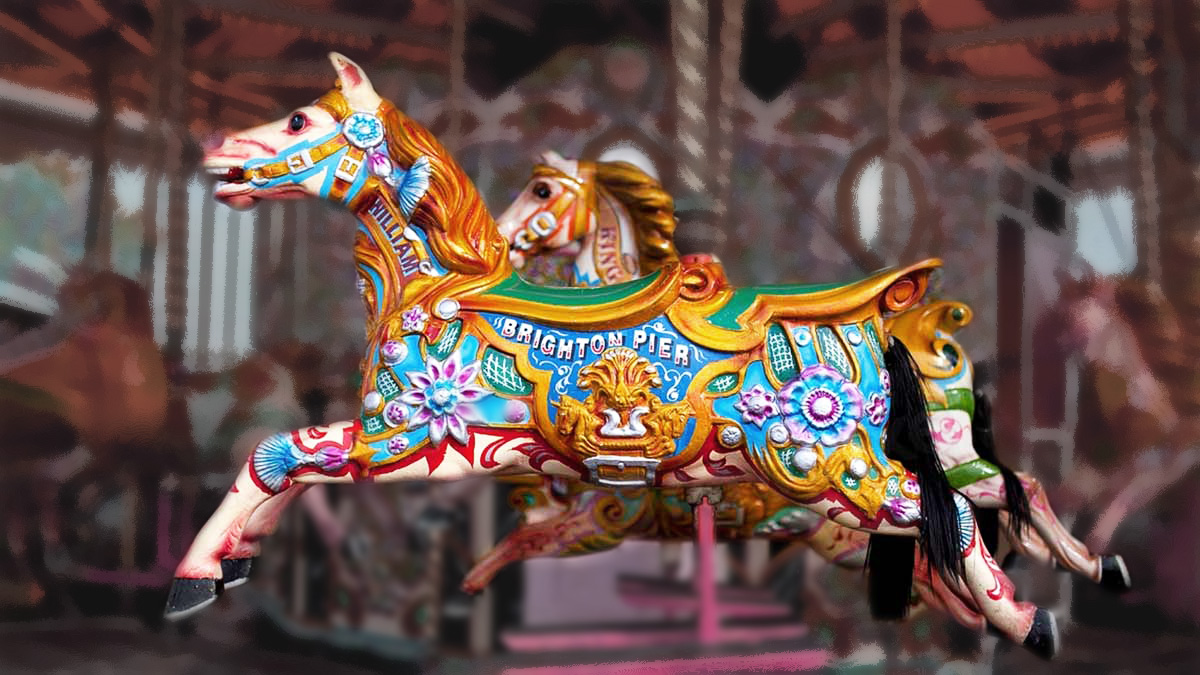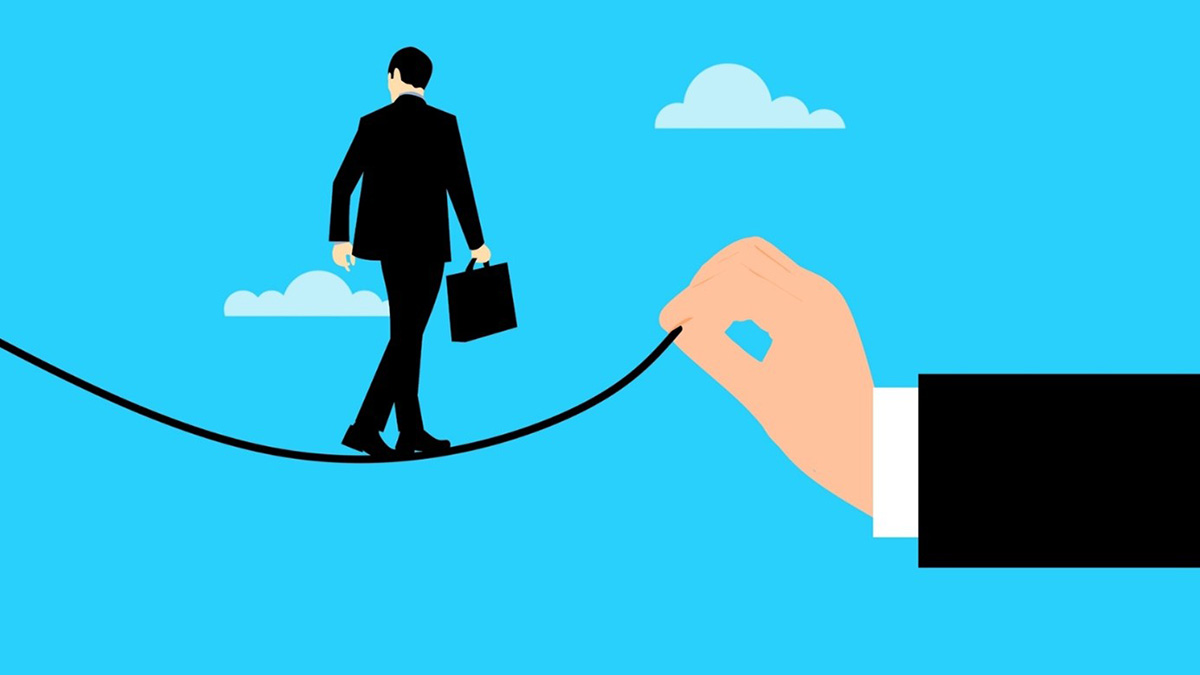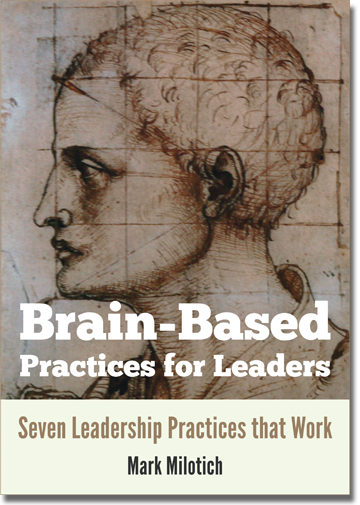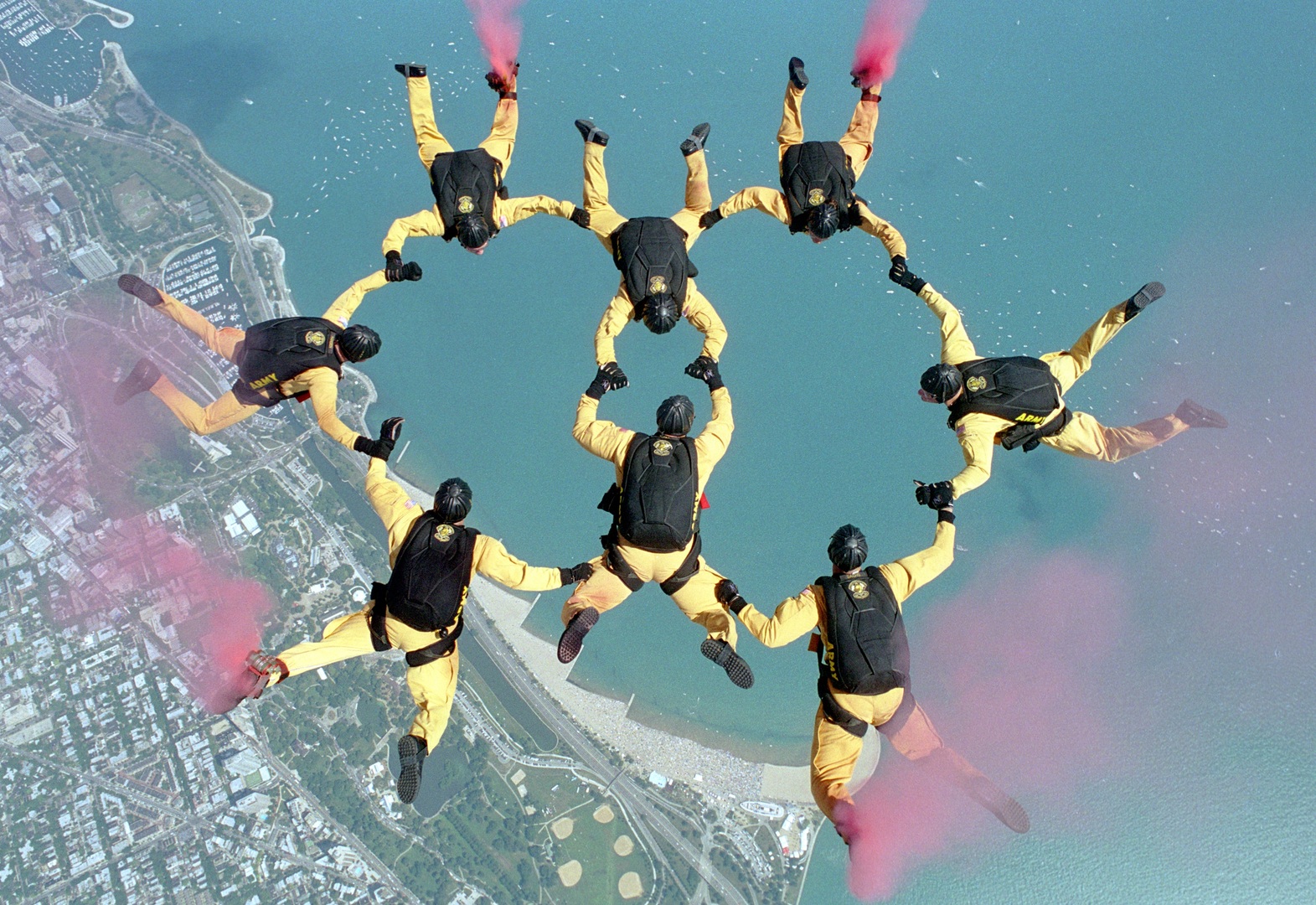The illusion of correlation
Our brains are wired for pattern recognition. It’s an evolutionary trait that helped our ancestors survive (rustling grass = possible lion). Our ancestors rarely came to harm through false positives (they thought it was a lion, and it wasn’t), whereas the price for failing to recognize a link was high. Better to err on the side of caution than become lunch.
The Tom Sawyer Method
In Mark Twain’s classic, Tom Sawyer convinces his friends to help him paint the fence—in fact, they beg Tom for the privilege of painting the fence—while he relaxes and eats an apple. Tom uses several influence strategies to influence his friends. To get someone to do what you want, find ways to increase value, decrease risk, and/or reduce cost from their perspective.
Setting Goals? Get an Attitude!
“Alea iacta est” (the die is cast) Julius Caesar is claimed to have said as he led his army across the Rubicon River in northern Italy in 49 BC, effectively declaring war against the forces of General Pompey. There was no turning back. In a similar, though less dramatic way, we all cross a point of no return every time we decide to take action to achieve a goal.
The illusion of correlation
Our brains are wired for pattern recognition. It’s an evolutionary trait that helped our ancestors survive (rustling grass = possible lion). Our ancestors rarely came to harm through false positives (they thought it was a lion, and it wasn’t), whereas the price for failing to recognize a link was high. Better to err on the side of caution than become lunch.
The Tom Sawyer Method
In Mark Twain’s classic, Tom Sawyer convinces his friends to help him paint the fence—in fact, they beg Tom for the privilege of painting the fence—while he relaxes and eats an apple. Tom uses several influence strategies to influence his friends. To get someone to do what you want, find ways to increase value, decrease risk, and/or reduce cost from their perspective.
Chock full of the latest brain science to explain not just what you should do to be a great leader & manager but importantly—WHY.
Well thought out and researched, brilliantly structured and with great and positive advice.
Great read, direct and to the point. No fluff. Great for reference.
Kick the Urgency Habit
Perpetual busyness can propel us through our lives on autopilot, affecting our behavior, decisions, and relationships. When someone asks for my help and I say, “I’d like to help but I don’t have time,” what they hear me saying is, “Helping you is not my priority.” Read on to find out how you can kick the urgency habit.
Setting Goals? Get an Attitude!
“Alea iacta est” (the die is cast) Julius Caesar is claimed to have said as he led his army across the Rubicon River in northern Italy in 49 BC, effectively declaring war against the forces of General Pompey. There was no turning back. In a similar, though less dramatic way, we all cross a point of no return every time we decide to take action to achieve a goal.
Kick the Urgency Habit
Perpetual busyness can propel us through our lives on autopilot, affecting our behavior, decisions, and relationships. When someone asks for my help and I say, “I’d like to help but I don’t have time,” what they hear me saying is, “Helping you is not my priority.” Read on to find out how you can kick the urgency habit.









